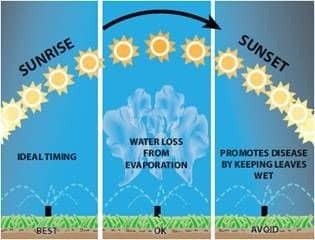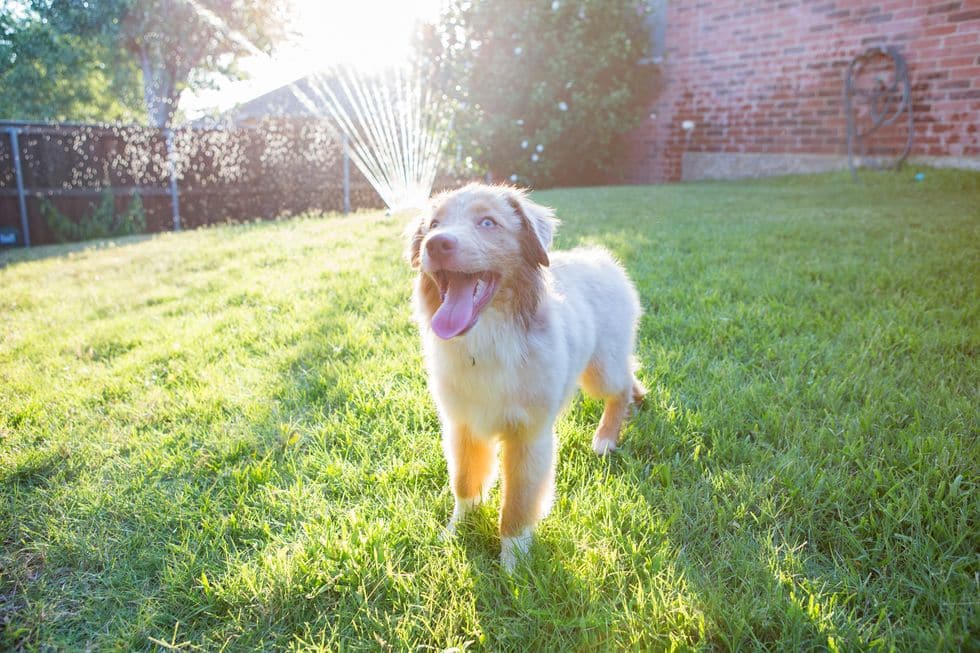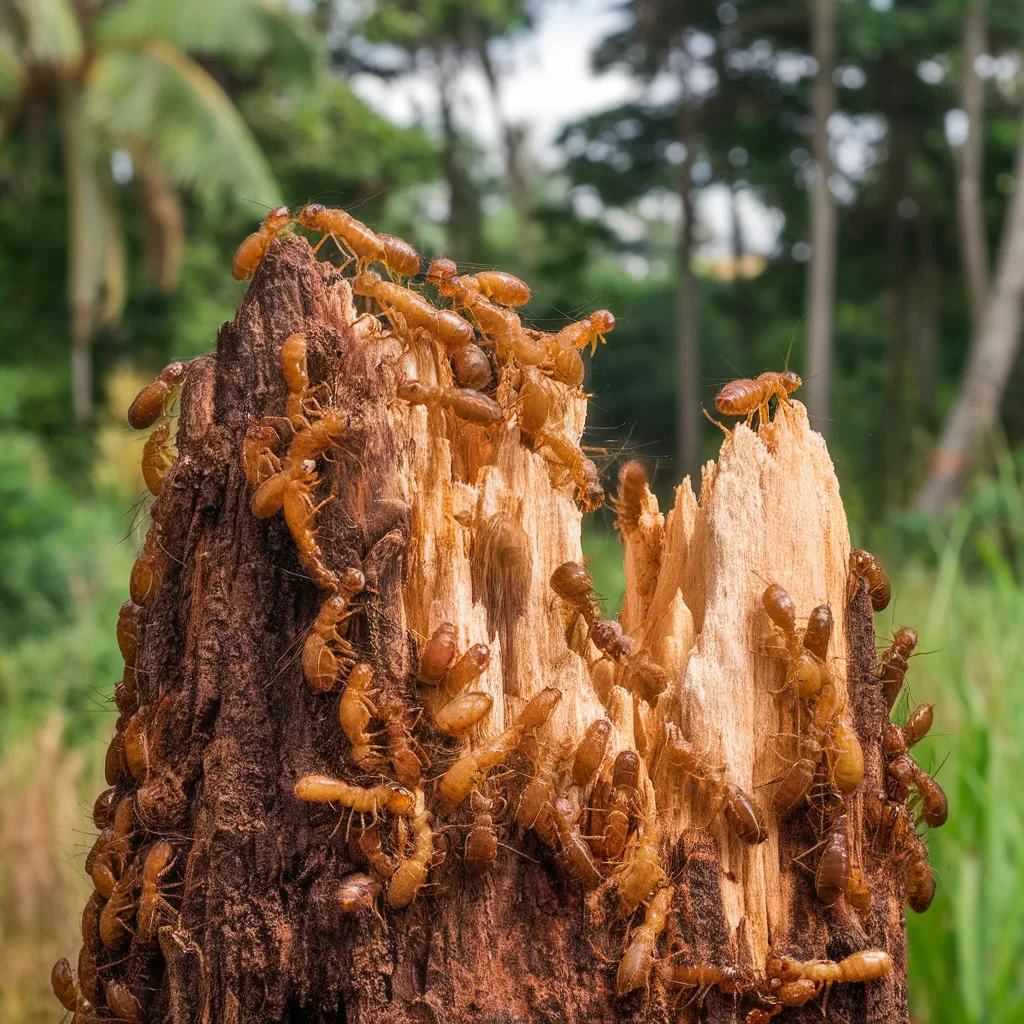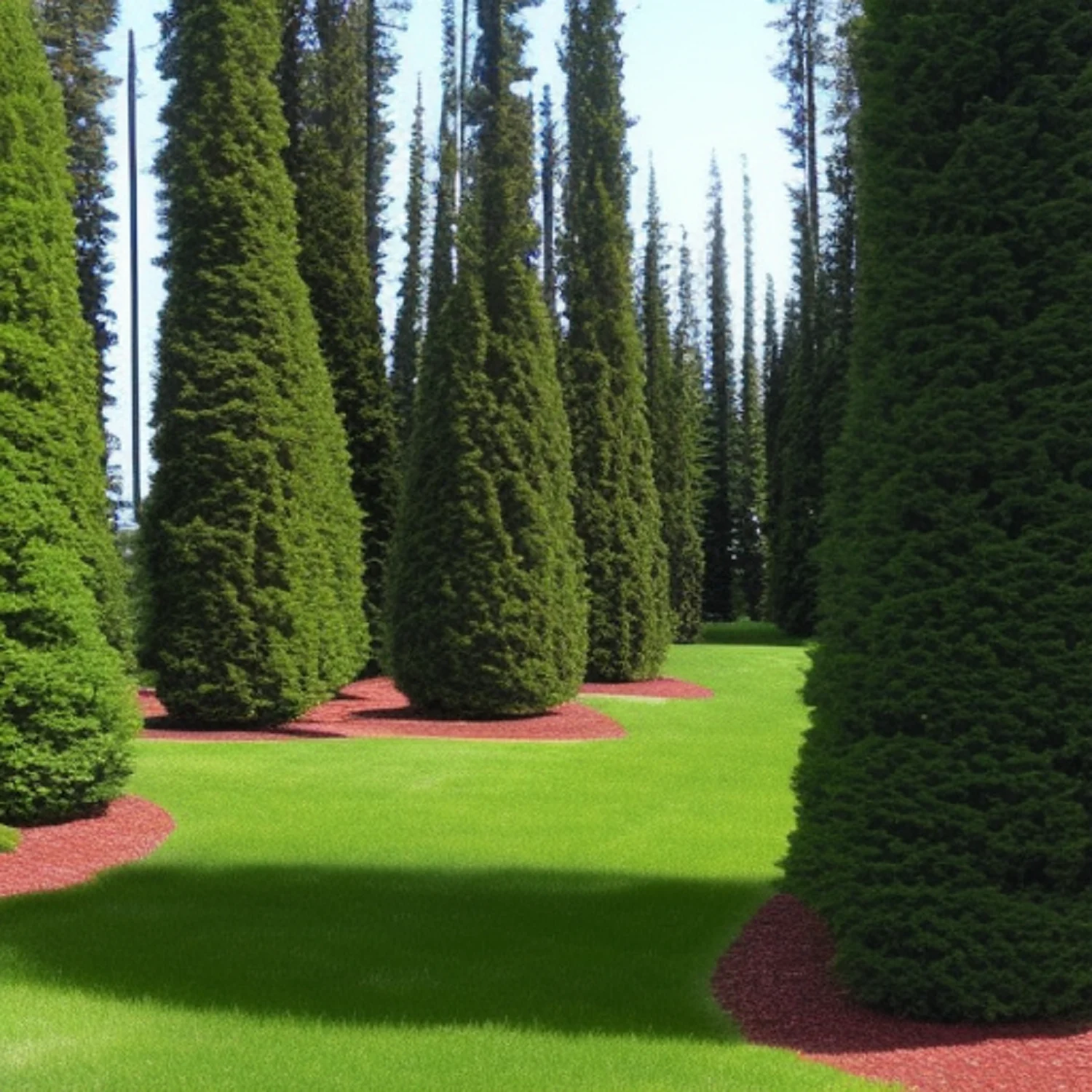Proper watering of your landscape is the most important cultural practice there is to maintain the health of your plants. Yet many people do not give it the importance it deserves. No amount of fertilizer or any other practice will improve the quality of your landscape if it does not receive proper irrigation. Overwatering a landscape here in Pennsylvania is the most common mistake homeowners make.
Here is the rule of thumb when checking your landscape soil for proper moisture:
Every master gardener and landscaper will tell you the only sure way to know if a landscape is getting the proper irrigation and drainage is to dig down adjacent to the root system roughly 6-8″ deep and grab a handful of soil. It is best to do this 2 days after rainfall before checking the soil moisture so the heavy rains haven’t thrown off your evaluation. Squeeze a handful of soil and observe the moisture. If the soil holds together like a cast of your palm the moisture level is good. When it crumbles after opening your hand it’s too dry. Does water drip out of your hand? Then it is too wet and could cause your root systems to suffocate.
Horticulturally root systems need to breathe just as much as the leaves and needles do. Saturated soils will cause Root Rot which is a severe plant disease that can be treated with a soil fungicide called “Cambistat” but at the least, your plants could also experience chlorotic responses to a root system that can’t keep photosynthesis and carbohydrate production on schedule.
What you need to know about your sprinkler system
Most professional sprinkler companies install similar types of nozzles on their mist heads that are generally consistent. Knowing that most of these nozzles are capable of spraying 3 gallons of water per minute we recommend that a mist head zone is set to run for 6 minutes which equates to 18 gallons of water being applied around each nozzle. If 5 mist heads are on that zone you have now applied 90 gallons of water. Many homeowners run their landscape mist head zones for 10-20 minutes! Check the coverage and observe if the overlap is too much or too little.

Setting the landscape sprinkler system for established landscape plantings
Never water your landscape in the evening or at night. Plant diseases begin to occur rapidly when moisture sits on plant foliage for at least 4-6 hours. In Lancaster County, your landscape only requires a thorough watering 2 times a week when temperatures are in the 70′s. When temperatures reach 85 degrees we then suggest watering 3 days a week. The below-listed guidelines are suggested as a starting rule for your landscape system when the temperatures are above 75 degrees.
Set landscape mist head zones between 6-8 minutes per zone
Set the days to water for just 2 days a week with a couple days between each watering.
If rain is expected turn your sprinkler clock to “rain delay”. Rain sensors don’t always work as they should and your plants are too valuable to let them drown.

Setting the landscape sprinkler system for newly planted landscapes
Please do not water your new landscape as you would water new sod. It is important to note that tree root balls are much harder to saturate than shrub root balls which have been grown in light container soil. Tree root balls usually contain a lot of clay for the stability of large root systems. Watering the entire landscape to saturate a tree will end up drowning the shrubs or conversely, watering the shrubs lightly and regularly will hamper the tree’s ability to establish and thrive. Use your sprinkler system for the shrubs using the same sprinkler settings that are listed above for established landscapes and lay a hose at the base of your trees where water can slowly saturate.
Watering those annual flowers
I know everyone enjoys watching the water spray the flowers. It’s a fun thing to watch and can be reassuring to know they look like they are getting enough but overhead sprays generally water too vast of an area and end up drowning nearby plants. We suggest running soaker hoses at least however the best way is to install drip irrigation which conserves water far better than soaker hoses and mist heads. You can run your lines separately twice a day instead of utilizing a full 10 head mist head or lawn zone. StumpBustersLLC



